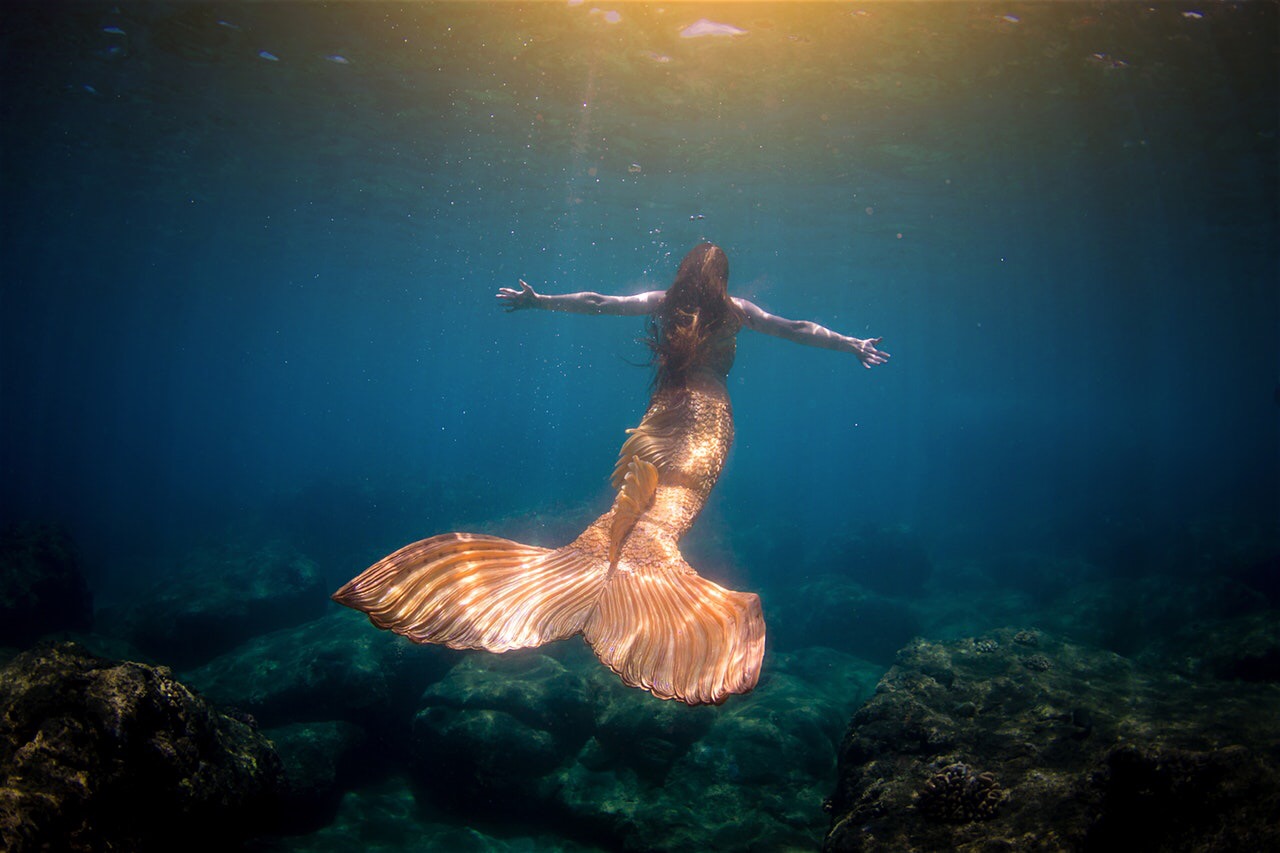The Great Caulk Debate part 1
- Haley Mermaid

- Mar 29, 2021
- 3 min read
There is a lot of debate about the safety of silicone caulking.
It is always important to read the MSDS which is the material safety data sheet: this is the safety information that comes straight from the manufacturer. This is referred to in the event of an emergency. It tells the risks, results of experiments on lab animals, emergency procedures, and toxic ingredients that are or may be included.
Basically because it is not made for skin (it's made for construction and plumbing) there is a chance that the toxins are in it. It is not regulated as something meant to be put on skin repeatedly, so legally it can contain these toxins.
Silicone caulking is an RTV silicone meaning it cures at room temperature. sometimes it doesn't cure all the way through but you think it has. If you swim and it is not cured all the way, the uncured silicone will wash off and you will be swimming in water full of toxins from the uncured silicone, this is dangerous.
There are different types of silicone and while they are all regulated somehow, they are only approved for the recommended uses of that product.
Some caulks are more toxic than others, it is important to remember that aquarium safe does not mean skin safe. Aquarium safe means if cured properly it's ok in small amounts to secure a fish tank together, that is far from smearing a gallon of it on fabric and wearing it as a tail.
Some caulk says it meets the standards for accidental food contact. This means if you seal your sink with it, and you are cooking and the food accidentally touches it, you are ok. This does not mean it is food safe. Be careful with wording and make sure to carefully read all labels and the MSDS.
There is 1 specific type of caulk that is generally accepted by the mermaid community as well as a few tailmakers as safe for tail purposes in small amounts. GE silicone 1 (not 2!) clear, is generally ok in small amounts like attaching fins or blending seams, but is still caulk so make sure it is 100% cured before you put it in the water and don't use in a place where it is in direct contact with skin. Entire tails made of caulk are a generally a no no.
While it's true that there have been no reported problems with one particular type of silicone caulking used on tails, there is still a risk. There are many unknowns about long-term skin contact repeatedly because it's not made for skin.
Long-term effects might not become apparent for many years you might not even make the connection between your health problem and the tail you used years ago.
Another problem is that some caulks are very toxic (like Alex plus) and young or inexperienced Mers trying to create their first tail on a budget based on caulk tails they have seen, might not understand that there are different types of caulk and this is potentially dangerous.
If there was a risk that long-term adverse health effects would happen to you because you wanted to save a little bit of money and go with the cheaper tail, why would you take that risk?
Why would you risk possible health issues for a tail that won't last, looks sloppier and less realistic than a dragonskin tail, and doesn't stretch?
Just do everyone a favor, including yourself, and if you want to silicone tail, get one made of certified skin safe materials like dragon skin.
Caulking stinks (really it smells awful) only use it in small amounts for tail repairs or fin attachments where you won't touch it over and over, use GE silicone 1 clear or silpoxy and wear gloves and a mask.


What's the difference between silicone 1 and silicone 2? You stressed, Not 2!, why's this? Curious. Thank you.